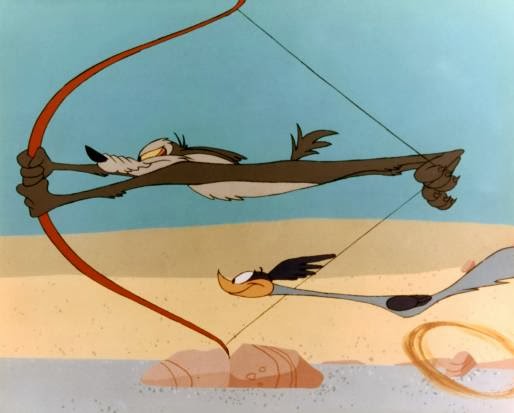Here’s the beginning of an essay that recently appeared on Essay Daily’s Advent Calendar.
ADVENT 12/15: Genine Lentine on Michael Cunningham & the Nemesis
In the final canto of Dante’s Inferno, Virgil and Dante rappel down Lucifer’s massive flanks by “seizing the shaggy coat of the king demon; then grappling matted hair and frozen crusts/from one tuft to another.” When I first encountered this image, I had to reread it: wait – did our pilgrims really scramble down Satan’s furry delts to get out of hell? Sure, I knew how the movie ends: they’re going to see the stars again somehow. But I was stunned to find an image of such visceral perfection for meeting fear, for finding support and even leverage in that which appears to oppose us.
They’ve been through hell, after all. They know enough to know that avoidance isn’t going to get them anywhere. If hell is separation, they finally find an exit by venturing onto the very body of “evil.” It’s a brilliant depiction of taking a posture of inquiry, of staying with difficulty, of noticing the part of a problem that presents a solution. Virgil, for example, notably doesn’t whisper into Dante’s ear, “It’s Beelzebub! Run!” No, “Hold fast!” he says in his exhaustion, “There is no way but by such stairs to rise above such evil” (82-84).
Michael Cunningham adopts a similarly adventuresome posture in a piece I’ve remembered since coming upon it almost a decade ago in the Fall 2004 issue of BlackBook magazine that invited authors to write a six-word story, after Hemingway’s famous example: “For sale: baby shoes. Never used.” As today’s window on our advent calendar, I’m going to read Cunningham’s piece as a six-word essay. It’s an inquiry, an experiment in thinking. Here it is in its entirety: “My nemesis is dead. Now what?”

